On the Road is a weekday feature spotlighting reader photo submissions.
From the exotic to the familiar, whether you’re traveling or in your own backyard, we would love to see the world through your eyes.
It’s Albatrossity Monday! (Big thanks to Albatrossity for the April Fools fun last week.) We go to a parade on Tuesday and then head to Cook Islands for the rest of the week.
(click on the image blow for a bigger, non-blurry version of the schedule for this week)
Albatrossity
I hope you all had fun with the April Foolery last Monday. Now we can get back to real birds, catching up on a trip to the Palouse from 2015.
While Elizabeth was hobnobbing with friends and colleagues at her conference at the University of Idaho, I was free to explore eastern Washington and western Idaho. Wandering around on my own certainly means that I missed some good spots, but I did see a lot of beautiful country, for sure.
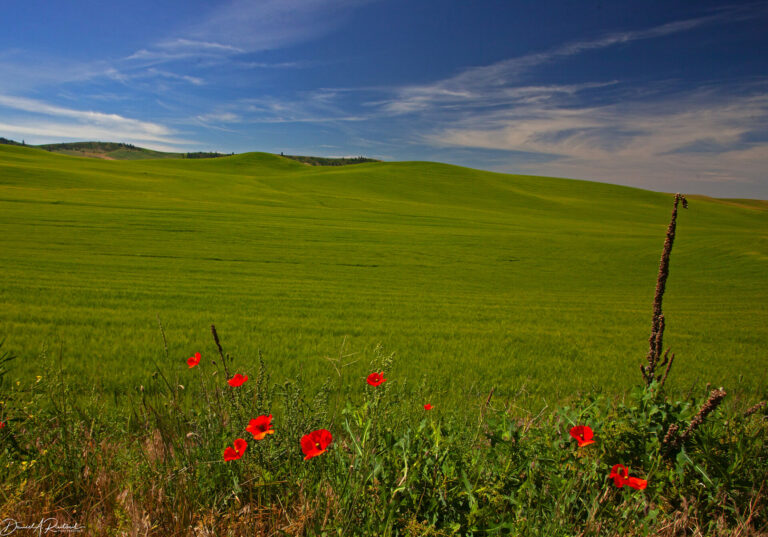
The margins of some of the fields in the Palouse were rimmed with poppies, and they added a nice splash of color to the landscape. Click here for larger image.
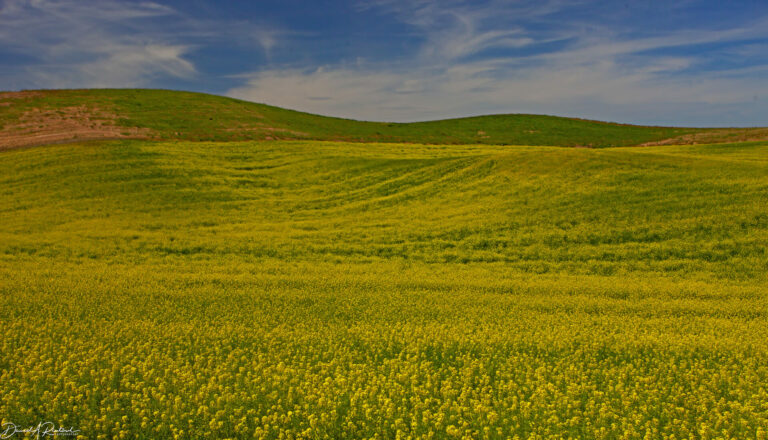
And some of the fields were not planted in wheat, but were planted instead with canola. Here are some canola flowers just coming into bloom. Click here for larger image.
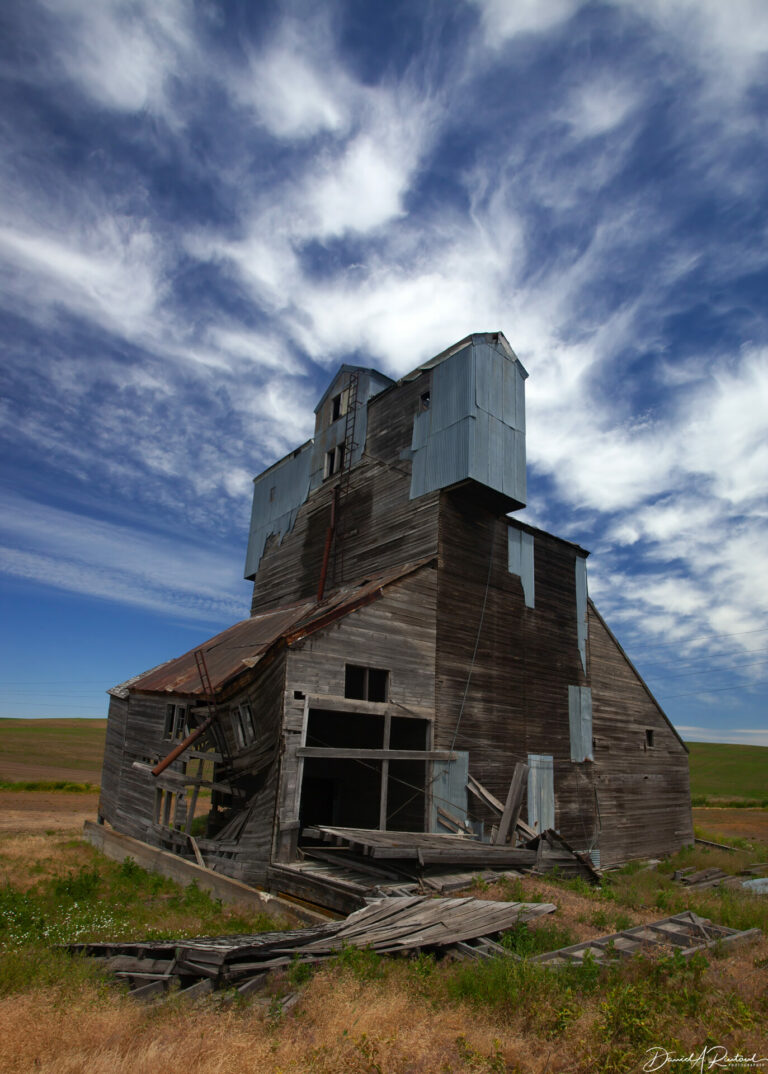
Like all places that have been occupied by agriculturalist societies for a while, the recent years have seen a trend of depopulation as agriculture morphs into agribusiness. Abandoned buildings are certainly abundant in my part of Flyover County, and they offer opportunities for a kind of architectural/industrial photography that I don’t indulge in very often. This abandoned grain elevator south of Pullman attracted my eye, and here is one of the resulting images. Click here for larger image.
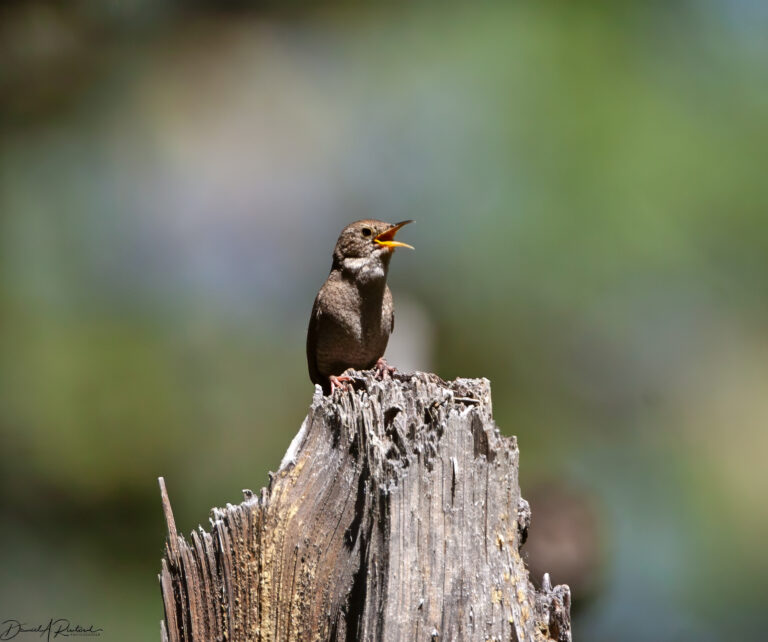
But of course, I quickly looked for a place with some birds! Kamiak Butte. This House Wren (Troglodytes aedon) was singing his little heart out on a dead snag, a song which can be heard across North and South America. Click here for larger image.
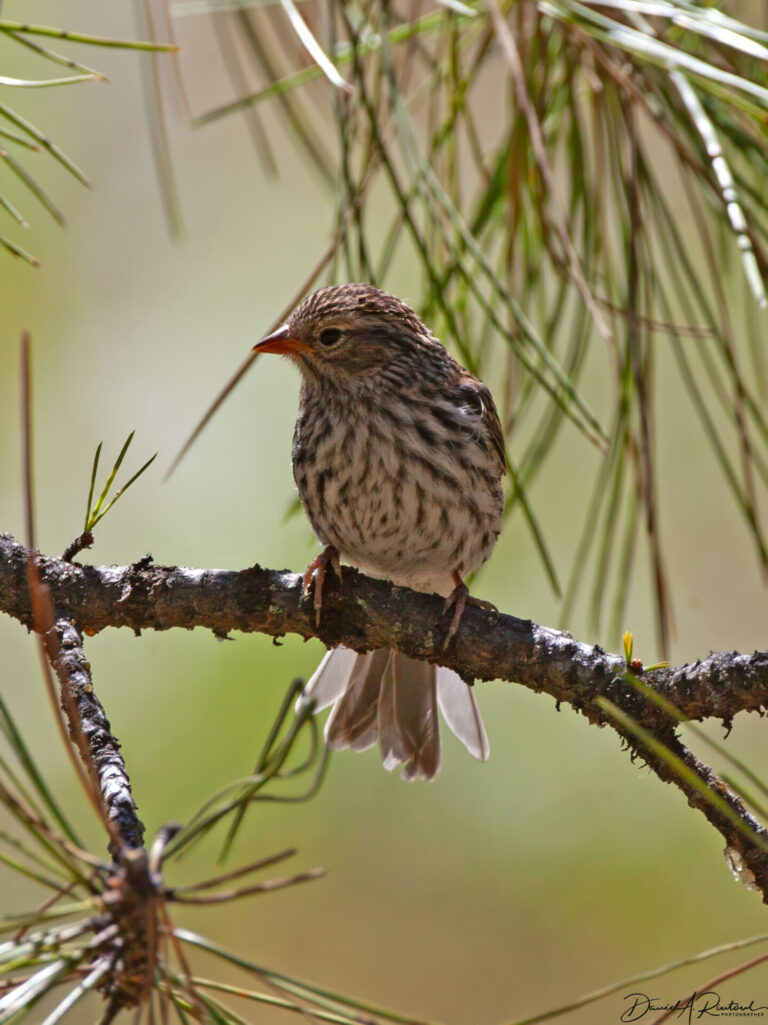
Another widespread species on this continent, the Pine Siskin (Spinus pinus) is mostly a winter visitor to my part of Flyover Country. I rarely see the youngsters, and it took me a while to figure out what this little guy was! Click here for larger image.
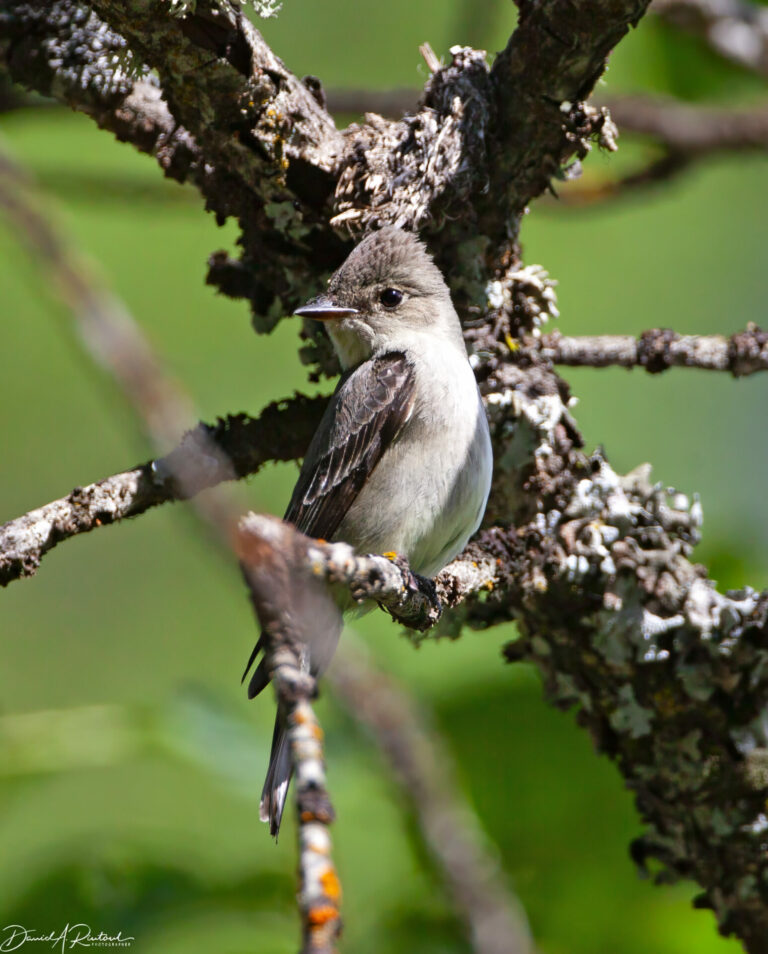
The Western Wood-Pewee (Contopus sordidulus) can be found in the western part of my home state of Kansas; its congeneric relative, the cleverly-named Eastern Wood-Pewee, is a common summertime presence in my part of the state. Very similar in plumage, these two species can readily be distinguished by their vocalizations, and this one was happy to oblige. If they were silent, this would be a very tough ID! Click here for larger image.
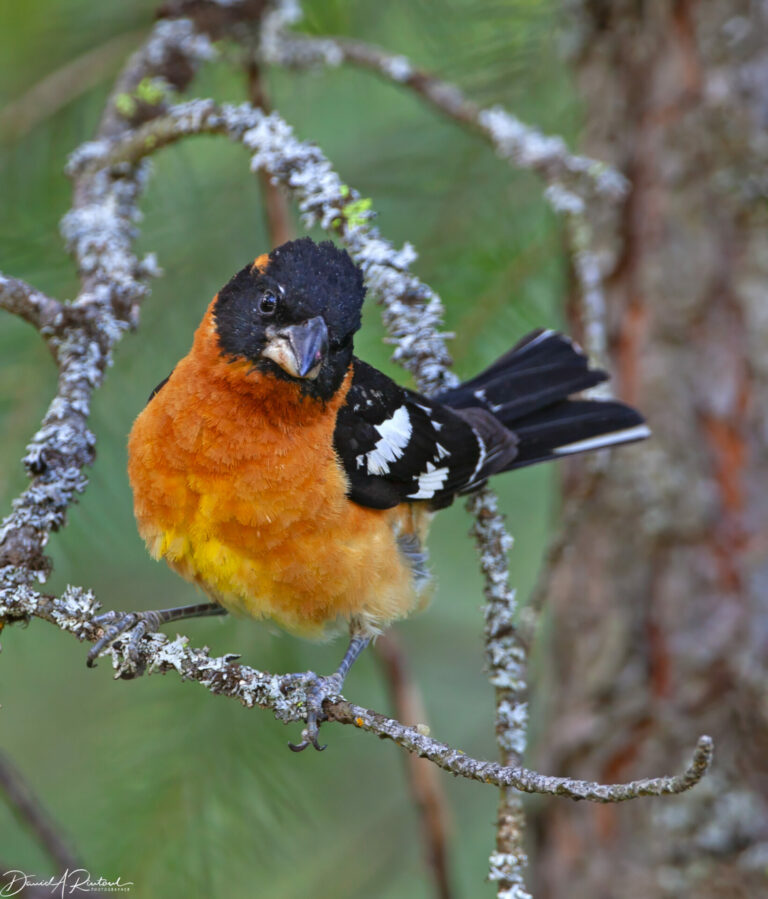
There are some colorful birds in the Palouse as well (seriously, though, does that Wood-Pewee really deserve the specific epithet sordidulus?). One of those is another species that can be found in the western part of my home state, the Black-headed Grosbeak (Pheucticus melanocephalus). Its sister species, the Rose-breasted Grosbeak, is very familiar to birders in the eastern US, and, indeed, to young birders who get a field guide, look at the pictures, and quickly add that bird to their wishlist. Black-headed Grosbeaks are excellent singers, and this fully adult male was serenading me (or perhaps its mate) for quite a while. Click here for larger image.
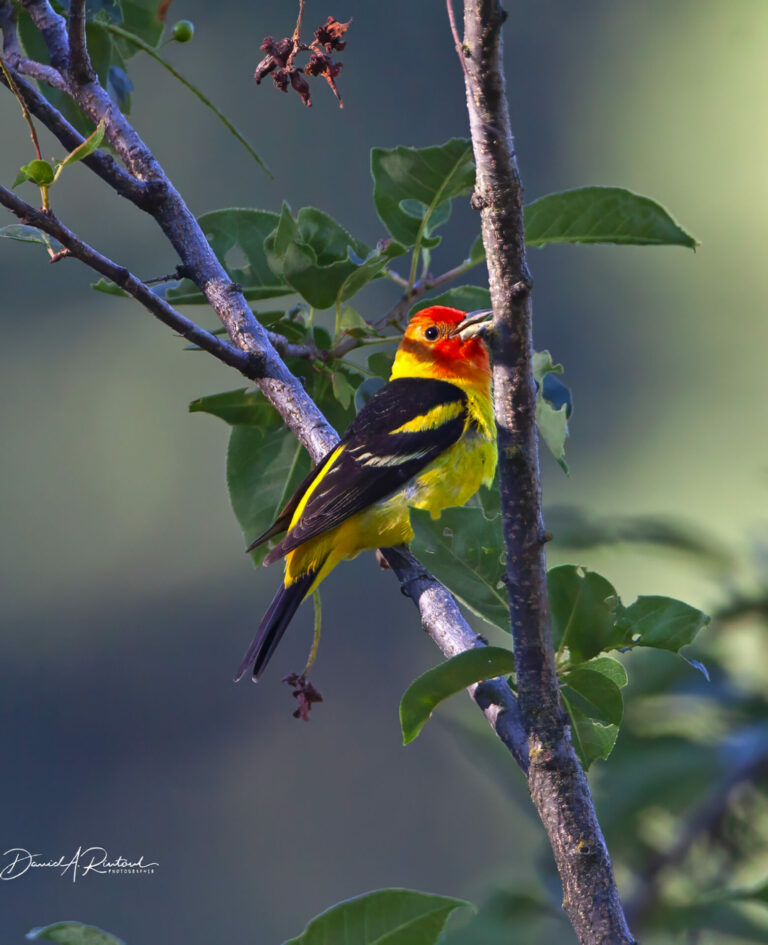
Western Tanagers (Piranga ludoviciana) were on my wishlist for this trip west; they are simply stunning creatures. And unusual in some respects; that brilliant red color is due to a pigment called rhodoxanthin, which is not common in nature and even less common in birds. It is produced by plants, especially sun-stressed conifers, and those plants are consumed by insects, which can store the pigment. A diet rich in these insects produces a gorgeous redhead like this male Western Tanager. A similar pigment, astaxanthin, confers the red coloration to the waxy tips of the secondaries in Cedar Waxwings, as well as being a key component in the plumage color of Roseate Spoonbills and flamingos. Click here for larger image.
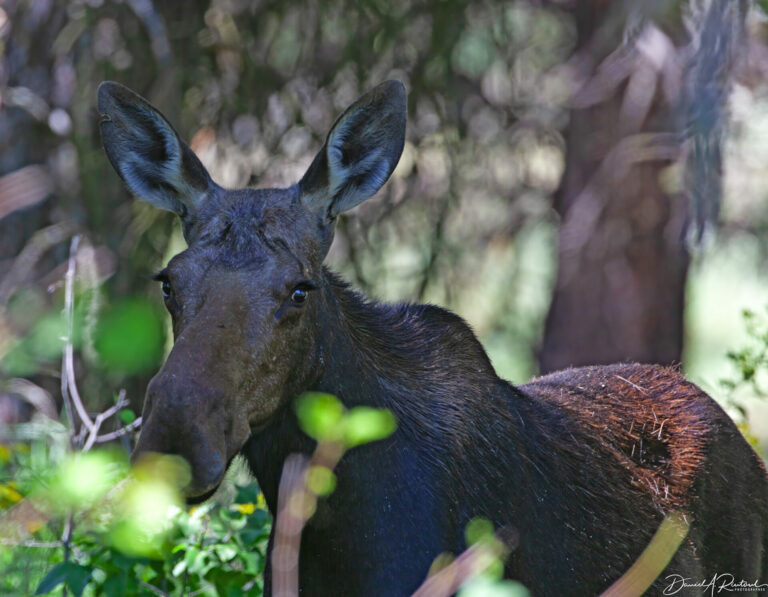
The next day I was able to range further afield, and made it up to Turnbull National Wildlife Refuge, near Cheney WA. This refuge has woods, wetlands, hiking trails, and lots of other things worth exploring. I happened across this female Moose (Alces americanus). She was giving me the side-eye and moving toward me slowly. Click here for larger image.
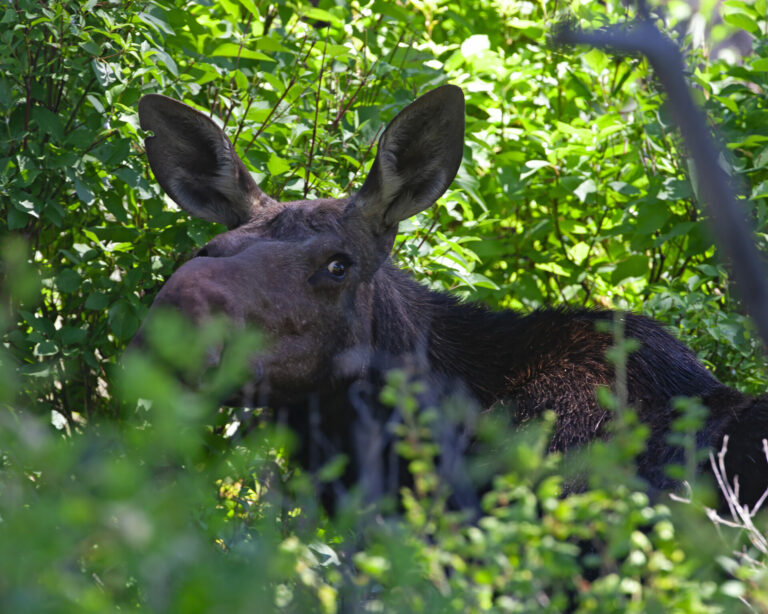
And this young Moose was in the woods behind her. I was pretty sure I was not welcome here, so I vamoosed. Click here for larger image.

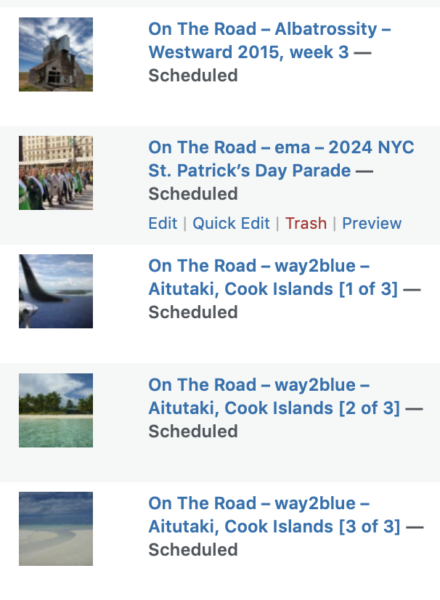
pat
OK, I chuckled at vamoosed!
pat
OK, let’s make it two.
Thank you for the photos, and especially for the information about that strange red stuff and the strange way it ends up in the bird’s feathers. Cool!
SteveinPHX
Thanks! I did not know that about bird coloration for some birds. And moose!
Torrey
Amazing pictures, as always, and I echo pat’s appreciation for the info about the source of the birds’ red coloration. The third picture is reminiscent of photographer Jim Westphalen’s work documenting a lot of the old abandoned farm buildings in Vermont (and elsewhere). There are a couple of short videos on YouTube showcasing his work.
ETA: I always enjoy your bird pictures, but the moose definitely made my day.
WaterGirl
Mooses!
Also, gorgeous redhead? – it’s good that Elizabeth is not the jealous type! :-)
StringOnAStick
Lovely! Yeah, vamoosed was the right idea, grizzlies hunt their babies so the moms can be a bit fierce about perceived threats. Not that you were in grizzly country, but attitudes and habits don’t change that much with territory probably.
Madeleine
I’m a third to thank you for the information about gorgeous red- and pinkness in birds. I was also enjoying backdrops and branches as foils for beautiful birdiness.
suzcamoo
Thank you for bird and field photos with accompanying information. I know these parts well as I grew up in Lewiston, ID and attended both WSU and UI in college years. Although not much attention at those times was on the Palouse area as a stunning and lovely place (it was all about family farming and mostly), perhaps it was the sensory harmony and silence of the area that I remember the most.
stinger
Wonderful photos and information! I saw Whooping Cranes, Canada Geese, and some kind of ducks (? not a birder) on the Cedar River today. I’ve named it Waterfowl Day in their honor.
way2blue
The Western Tanagers’ red color is repurposed from conifers by way of insects. Color me amazed. I’d thought the bright coloring of various birds is mostly magic, but it turns out Mother Nature has a more active hand…
JAM
Interesting explanation of how orange conifers lead to orange birds, thanks Albatrossity. So, are they noticeably paler in years/areas with healthy trees, I wonder?
mvr
There are a bunch of nice photos here. Also good information. We get both moose and Western Tanagers at our cabin in the mountains of Wyoming. But I did not know about the source of the red pigment on a Tanager’s head. Very striking birds, apparently with an assist from bugs that eat evergreens. Who knew? They really stand out in the green of the Lodgepole Pines and Engleman Spruce at our elevation.
Thanks!